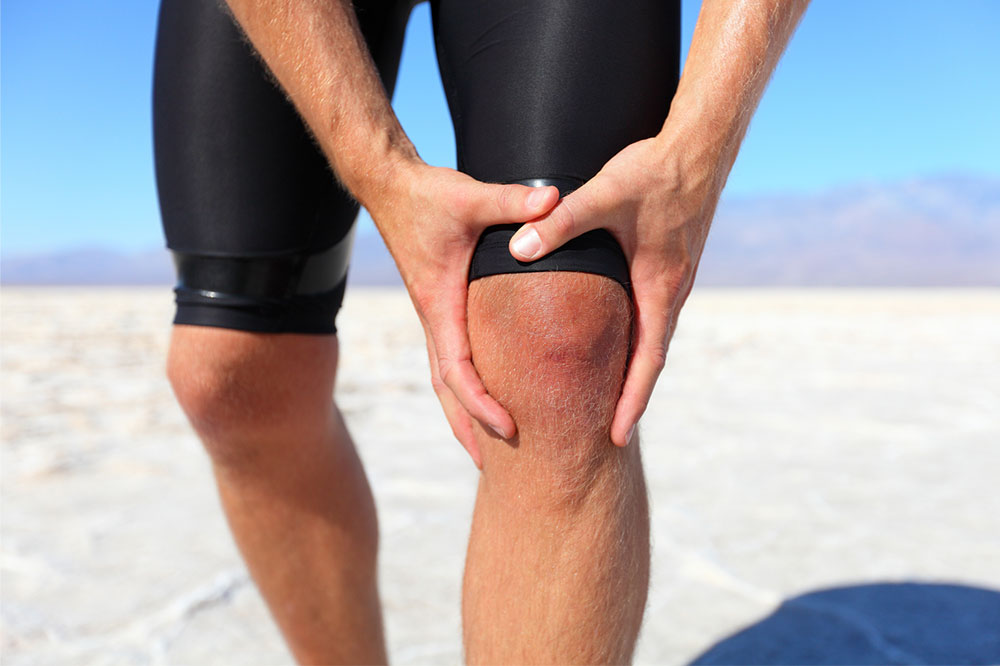Ways to manage joint pain in different weather conditions
Joint pain is one of the most common and persistent symptoms of arthritis. While some can manage the discomfort with mild prescriptions, others may have to rely on physiotherapy and lifestyle changes to improve their outlook in the long run. There are many known triggers of joint pain, but surprisingly, changes in weather can also trigger these discomforts. Experiencing bad joint problems triggered during climatic changes can be dealt with in the following ways.
Joint pain during winters
The cold season can be tough on joints, especially when a person is already experiencing pain triggered by arthritis. Studies indicate that a drop in temperature lowers barometric pressure (the atmospheric pressure), forcing muscle, tendons, and tissues to expand.

Joint pain during summers
As if summer heat waves weren’t enough of a nuisance, many people also experience joint problems with the increase in temperature. Here again, the change in air pressure puts extra pressure on the joints and tissues, inducing bad joint pain.
Joint problems during monsoons
Some people may also experience joint pain when it rains. There is no concrete reason that explains this unnatural trigger. However, as the temperature drops, combined with an increase in humidity and precipitation, it can result in swelling of tendons, muscles, and scar tissue. The fluids surrounding muscle and tissue might also thicken and lose viscosity forcing the joints to become stiff. Keeping warm in a tropical climate with high precipitation can help overcome these problems. Taking warm showers, using an electric blanket at night, and generally staying active will keep the muscles engaged.

